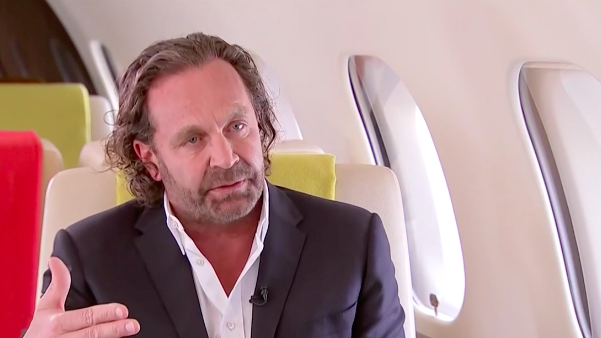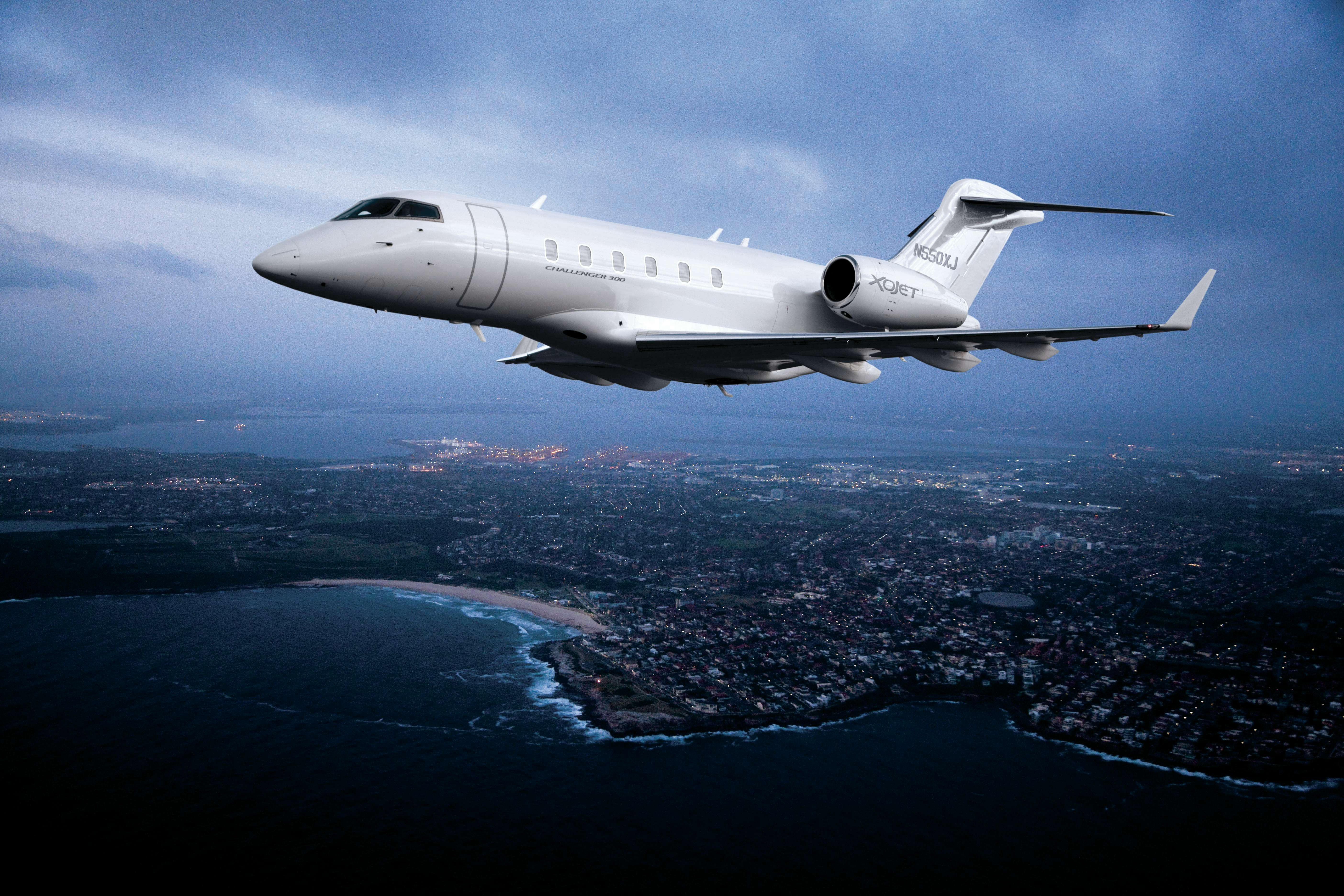

The following was published on XOJET’s blog and is reprinted with the company’s permission:
The key to finding a great private aviation provider is knowing their number-one priority is the same as yours: for every flight to be as safe and secure as scientifically possible. To confirm that to be true, says Dan Ramirez, XOJET’s Director of Safety, customers should ask private aviation companies five simple safety questions before considering flying with them. “Every staff member of credible, safety-first organizations,” he explains, “will be happy to answer those questions in detail.”
In chronological order, here are the boxes you’ll want to check:
The primary driver for this very important question, which opens up your discussion with the private aviation company for the four questions following, is to find out whether the company has a safety management system (SMS).
“If the company doesn’t have a safety management system, it doesn’t mean it’s not a good operator, but it does indicate how seriously it takes safety,” says Ramirez. “You should be able to ask, what’s your process for risk analysis? What do you do when something bad happens? You should be able to ask not just the safety expert at the company but also the salesperson. Risk assessment in a true safety management system is company-wide, much like it is at XOJET.”
For instance, everyone who works at XOJET is represented at its Safety Review Board and every staff member’s important safety observations and opinions are heard there and acted upon.
When inquiring about a private aviation company’s safety record, “You should ask for its safety record not just as a company, but also for its fleet,” says Ramirez. Meaning, the company should be able not only to tell you about the safety record of each individual aircraft in its fleet, but also the entire world-fleet safety record of every aircraft type it operates.
How well the company can respond to that question “tells you about the company’s relationship with the aircraft manufacturers,” explains Ramirez. Two-way communication of safety-occurrence and safety-trend data between an aircraft operator and the manufacturers of its aircraft “generates additional safety channels,” he says.
This question is effectively asking, if the company has a safety management system, what level has the SMS reached? The answer depends on the amount of safety-occurrence and safety-trend data it has gathered and can analyze. “The UN International Civil Aviation Organization categorizes safety management systems as having four stages,” explains Ramirez.
The first stage is the “Documentation” stage, where the company starts gathering data on all aviation-safety occurrences that have affected its fleet and its flight operations. Next is the “Reactive” stage, which sees the company responding to findings from the safety-occurrence data it has analyzed by altering its safety arrangements where necessary. This is followed by the “Proactive” stage, in which the company proactively takes additional safety measures to mitigate safety trends that its data indicate have become evident but haven’t yet resulted in safety occurrences.
The last stage – which no U.S. private aviation company has yet achieved because the FAA has not yet made safety management systems mandatory for U.S. operators – is the “Predictive” stage. At this point, the company has gathered so much safety data about its operations that it can predict potential safety trends before they are obvious and adopt mitigating measures accordingly.
XOJET reached the Proactive safety-management level some time ago because it has been flying and gathering safety data since 2010, it operates a large number of flights, and has an intense focus on safety. Better yet, because its fleet is so large – 41 aircraft within its owned fleet and more than 1,300 in its partner fleet – and the company gathers so much safety data, XOJET expects to reach the Predictive level within the next two years, says Ramirez.
In all types of aviation, “Safety is one area where companies don’t compete,” says Ramirez. “If I have something that is safer than another process, I will share it with my competitors.”
Equipped with this information, clients should ask private aviation providers, “Do you share safety lessons with others? This allows you to understand if the company is very proactive in getting the safety message out to everybody, even to the competition,” says Ramirez.
If the company says it doesn’t share its safety knowledge, consider it a significant red flag. “If they don’t share,” Ramirez adds, “what else could they be hiding?”
The only way to determine if a private aviation company’s safety processes are transparent – i.e., if they can be seen and understood readily by outsiders – is for the operator to undergo safety audits, whether performed internally or by an external agency, according to Ramirez.
You can get a clear indication of how transparent a company’s safety practices are from the safety ratings it has been awarded by organizations that conduct the most widely respected aviation safety audits. Of course, the company’s ratings must be currently valid to be properly indicative.
XOJET holds three current safety ratings that assess its flight operations, aircraft maintenance, and safety risk-assessment and compliance standards as being of the highest standard globally for private aviation operators. These include the International Standards for Business Aircraft Operations Stage 3; the ARG/US Platinum rating from the ARG/US International commercial-aviation safety auditing firm; and the Wyvern Wingman certification from Wyvern Ltd., the first private-aviation safety auditing company ever founded.
You can compare XOJET with over 250 jet card programs by more than 65 variables, including safety standards and approach by subscribing to Private Jet Card Comparisons here.